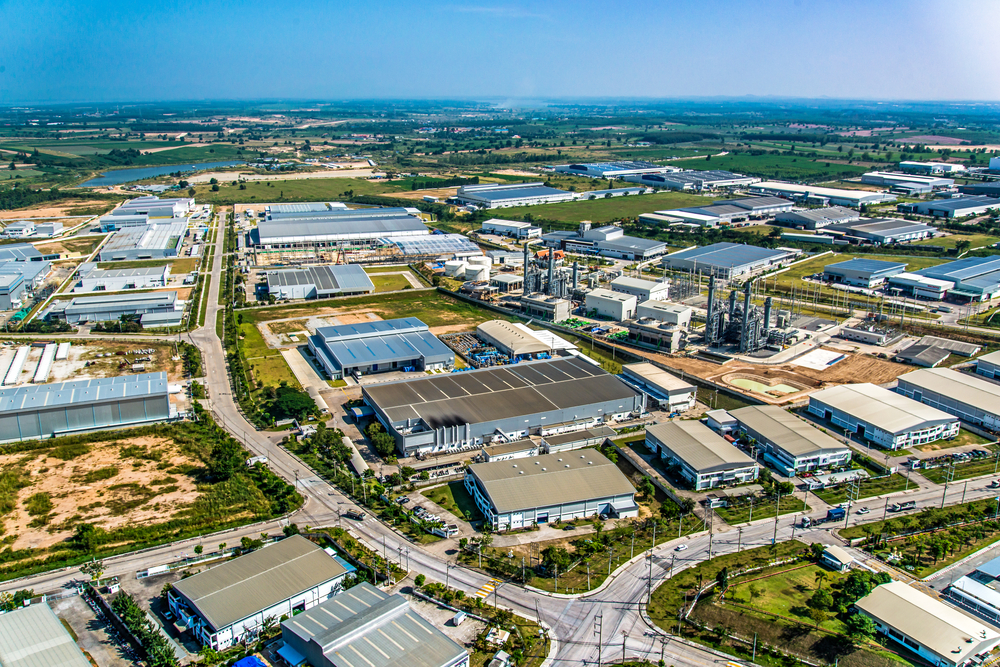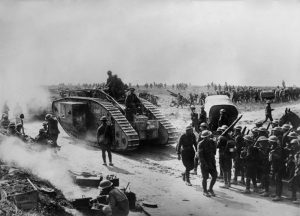The Industrial Revolution took place over several generations, eventually spreading across the globe.
Western Europe was the first part of the globe to develop, followed by North America, East Europe, and Asia.
Industrialization started in the late 18th century in Great Britain before expanding throughout Europe. England, Belgium, France, as well as the German states became the first European nations to industrialize.
However, some nations, including many in Asia and Africa, have not ever completely industrialized, while many, like Russia, are still only somewhat so.
Let’s take a look at the process of industrialization and how prevalent it is in the world today.
Table of Contents
How did industrialization begin in Europe?

Following Great Britain’s industrialization, around 1850, the rest of the continent began to industrialize. Close to the end of the nineteenth century, the Ottoman Empire, Italy, Austria, Hungary, Portugal, and Spain, all began to industrialize.
Belgium was the first continental European state and overall 2nd European nation to experience urbanization as a result of industrialization and, after Britain, Belgium became the world’s second-largest economic powerhouse.
Why was industrialization slower in France and other nations?
Owing to a scarcity of iron and coal, modernization in France was sluggish. The bulk of French employees was still engaged in non-manufacturing vocations by the late nineteenth century.
Fabric and woodwork production became the leading industries when France eventually became completely industrialized.
What was Germany’s role in industrialization?
Due to the area’s division into numerous autonomous states instead of a united country, industrialization in Germany, like France, was gradual. However, the country finally became a global powerhouse in chemistry and biochemistry in companies and academic laboratories.
That led to Germany now boasting the 4th largest economy, with the United Kingdom in fifth place, France in seventh, and Italy in ninth.
When did the Industrial Revolution begin in America?
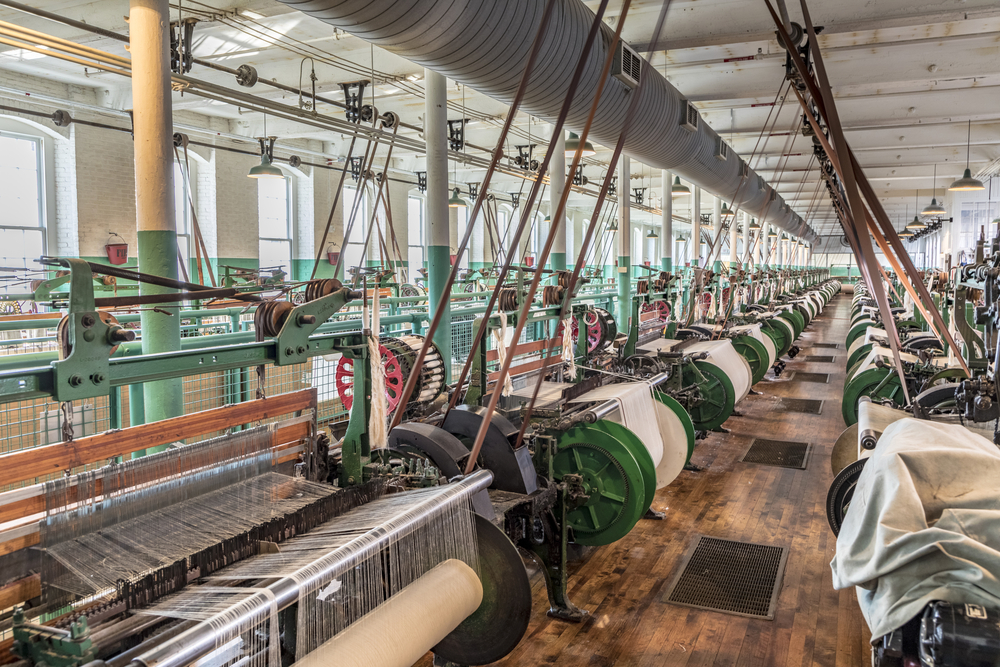
The industrial revolution in America started in the late 18th century when two fabric industrialists, Francis Cabot Lowell and Samuel Slater, brought mechanical textile production to the U.S.
The factory procedures utilized in their textile factories, especially Lowell’s factory model, were then adopted in other forms of the industry across the country, accelerating the nation’s modernization.
Industrialization was more prominent in the northeastern states throughout the initial industrial age, which flourished between 1750 and 1850, even when the south stayed primarily agricultural.
What caused the industrial shift from north to south in the U.S.?
Textile manufacturing in the United States relocated entirely to the south through the early twentieth century. That was owing to technological developments that rendered mills less dependent on hydropower.
Also, other considerations such as lower energy prices and closeness to textile fields in the south contributed to the shift.
How did the United States eclipse England as an industrial leader?
While the first industrial revolution took place in England and subsequently came to the United States, the sequel, which witnessed the growth of electrification, oil, and iron, started in the United States, and then expanded to Europe and the world at large.
By the late 19th century, America had eclipsed Britain as the world’s leading manufacturer, and by the turn of the twentieth century, income per capita in the U. S. was twice as high as France and Germany, and 50 percent more than that of the United Kingdom.
The United States has also overtaken China as the world’s greatest economy.
How did India fall during the Industrial Revolution?
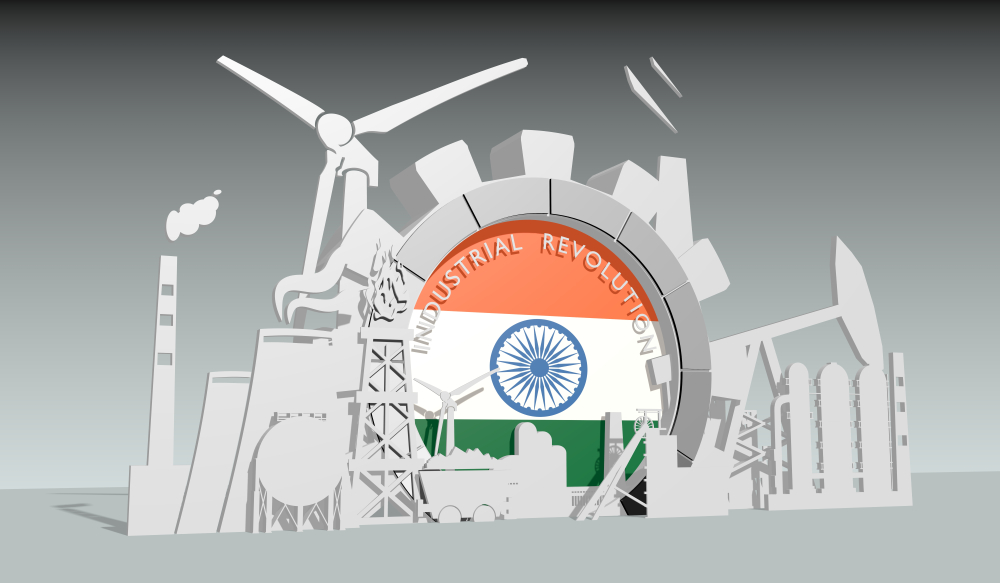
Due to India’s intricate political and economic ties with the United Kingdom, the industrial revolution arrived late in India. Even though India, which was a Colony of Britain at the time, controlled the worldwide cotton industry in the eighteenth century, the Indian apparel industry suffered a setback when the British industrial revolution started.
The need for steam turbines in British factories decreased the price of British cotton by nearly 85%, allowing the country’s textiles to compete on a global scale for only the first time ever. Britain soon rose to become the world’s biggest textile exporter, overtaking India along the way.
In addition, to preserve its burgeoning textile sector, the United Kingdom began imposing tariffs and other precautionary regulations on textile supplies from India and the rest. In fact, the United Kingdom began exporting its fabrics to India.
How did Britain contribute to India’s industrial setback?
This put an end to any intentions the UK had to grow India’s textile sector, and instead contributed to the country’s deindustrialization, with British MPs pushing for the nation to be more agricultural than industrialized.
New colonial restrictions required growers to dedicate the majority of their farms to cotton harvests rather than food sources, resulting in widespread hunger and impoverishment.
As a result of industrialization, India’s economic connection with the United Kingdom was inverted, and it was no longer a manufacturer of textile items but rather a source of raw resources and a consumer of British goods.
How did India get back into the Industrial Revolution?

As a consequence, it took many years for India to embrace new industrial processes in textile production, like steam power and mechanical spinning mills.
The first steam-powered textile mill in Asia debuted in Bombay in 1854, bringing industrialization to India. However, the development of these upgraded cotton mills was gradual, and it didn’t catch up until about the late 1800s.
India now possesses the globe’s sixth-biggest economy.
How did Japan factor into industrialization?
Large-scale industry in Japan commenced around 1870, following a social revolution that installed an oligarchy headed by Meiji, a young Emperor. That new administration ended a 250-year practice of national unilateralism by opening Japan’s ports to international commerce.
Those Meiji-era politicians believed that manufacturing and a developed military were essential in stopping western powers from colonizing and exploiting Japan. The new administration embarked on a huge industrialization journey.
They enlisted the expertise of European and American professors and scientists to help restructure the economy.
Japan began using steam power, developed steel mills, and established a national train system. Furthermore, when Japan’s silk production shifted from family farms to factories, it became mechanized.
Japan soon began exporting silk to other countries in return for foreign commodities such as modern weapons.
How has industrialization helped Japan?
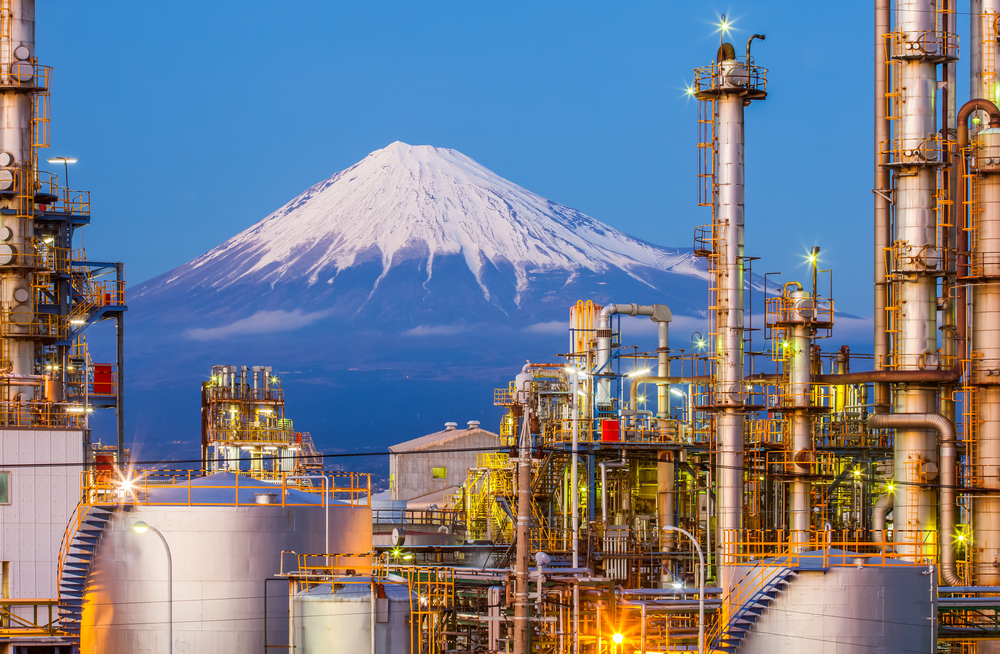
Japan’s GDP (gross domestic product) was relatively steady all through the 1900s, although it stayed far behind certain Western countries.
These countries include the United Kingdom, France, Germany, and the United States despite improving after WWII. However, Japan now has the world’s third-largest economy.
How has Russia faired through industrial development?
The Russian Empire experienced industrialization considerably later than most European and Western regions. The 1861 liberation revolution aided in the transformation of Russia from an agricultural to a more industrial economy.
The newly emancipated servants, who were peasants and had formerly labored for the feudal authorities, began traveling to the cities to work in factories after the revolution. Coal output increased by 1200 percent to over 6.6 million tons every year.
That was between 1860 and 1890, while steelmaking output increased to two million tons annually.
In the late 19th century, Russia started to construct large-scale metal and fabric mills. Russia began work on the Trans-Siberian Railway in 1891, which would eventually become the longest continuous railway system.
How did Russia make it to a top 15 economy?
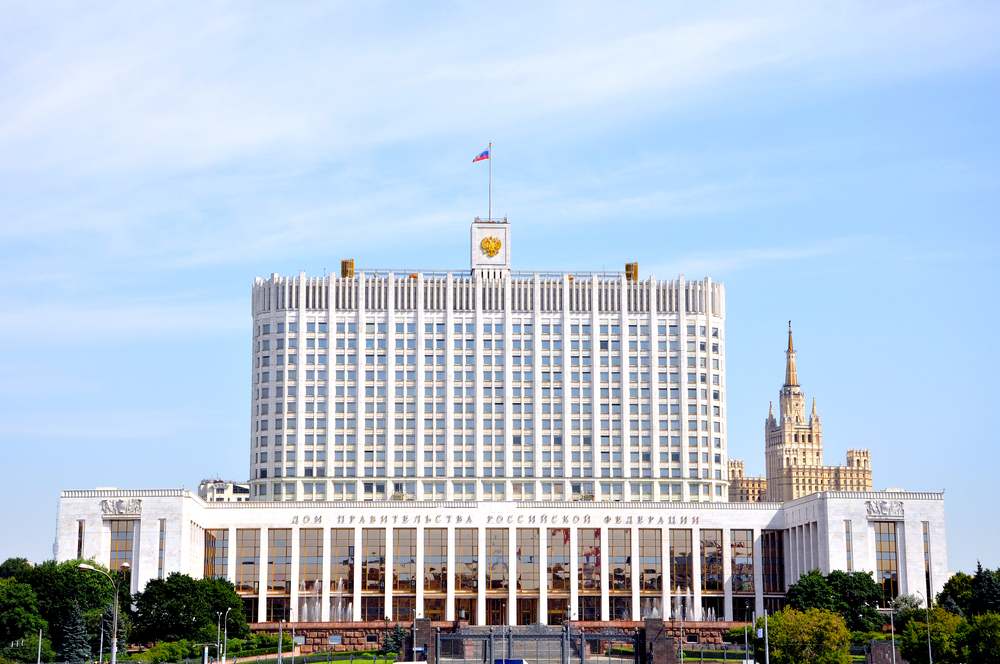
The Russian government began to enact new regulations to protect Russia’s industries around the turn of the century. They restructured the banking industry to stay updated with the latest economic and industrial framework.
Russia formed the Russo-Chinese bank to help fund a railway line throughout northern Manchuria to reduce the Trans-Siberian Rail system. Russia now has the world’s twelfth strongest economy.
Why was China’s Industrial Revolution so deadly?
China’s industrialization took place in three stages. The first stage, called the Great Leap Industrialization, happened between 1958 and 1961 when China redirected funds away from agriculture and invested them instead in industrialization projects.
To compete with England’s steelmaking, Chairman Mao commanded that his people stop cultivating food but rather set up small burners for melting metal. The idea was a huge disaster since the steel was of poor quality, and as a result of the absence of food, roughly 30 million citizens perished from hunger.
In 1958, the Chinese started limiting the number of individuals allowed to enter cities from rural regions to alleviate city overpopulation. They transported about one million high school grads to remote regions throughout this operation and relocated several urban industries and workers there as well.
How did China recoup from its failed attempt at Industrialization?
China began to dramatically industrialize in the third phase, which lasted from 1978 to now, by creating millions of small-scale enterprises across the country. As an outcome, China’s yearly gross domestic product almost tripled by 2007.
China’s economy grew to the point where it surpassed Russia’s economy in 1992, Canada’s a year later, Italy’s in 2000, and most recently the UK’s economy in 2006. China has become the world’s second-largest economy.
Why did Africa fail on the industrial level?

Africa has never fully industrialized, owing to its record of being colonized by European leaders. Throughout the 19th century, European industrialization and imperialism regions resulted in the “rush for Africa,” which saw sweeping conquest and colonization of the continent.
During the industrial revolution, colonization was significant since industrialization established a great demand for raw commodities such as lumber, metals, and rubber, which a colony might provide. A colony could also serve as a captive market for importing goods.
How did European nations manage to stall Africa’s Industrial Revolution?
European manufacturers worried that a shortage of modern markets might lead to overproduction, and ultimately, economic catastrophe. As a result of this fear, colonization became more urgent.
Consequently, after the Berlin Conference in 1884, when diplomats determined how to partition Africa among European imperialists like Germany, Portugal, Spain, Belgium, France, and Britain, colonization of Africa started to quickly rise.
In 1870, only ten percent of Africa was under European influence; by 1914, it had risen to approximately ninety percent of the continent.
Which continent is the least industrialized?
Africa has remained primarily an agrarian society, with African farmers forced to grow cash crops. Those include tobacco, timber, palm oil, tea, rubber, cotton, peanuts, sugar, coffee, and cocoa instead of food, resulting in extensive starvation and malnourishment.
When Africa was first decolonized in the 1950s and 1960s, there weren’t any conventional leaders to advocate for industrialization and economic reform. Furthermore, as the value of Africa’s cash crops declined, the continent’s economy crumbled.
Continuing foreign exploitation of Africa’s raw reserves, pervasive poverty, extensive criminality in several African nations, limited tariffs safeguarding African industry, and poor infrastructure are only a few of the reasons Africa remains behind.
Which countries didn’t make it through the Industrial Revolution?

Several African and Asian countries, along with several Pacific Rim Island nations and at least one Caribbean country, have yet to revolutionize.
The United Nations reports that there are 47 nations worldwide that fall into this category. Since 2017, they’re rated as the most underdeveloped nations.
Thirty-three of those countries are in Africa, from Angola to the Central African Republic and Zambia, nine are Asian nations, four are in the Pacific, and one, Haiti, is in the Caribbean.

